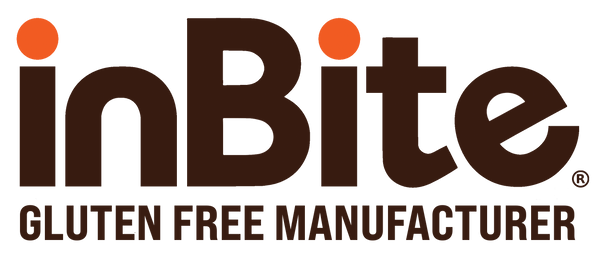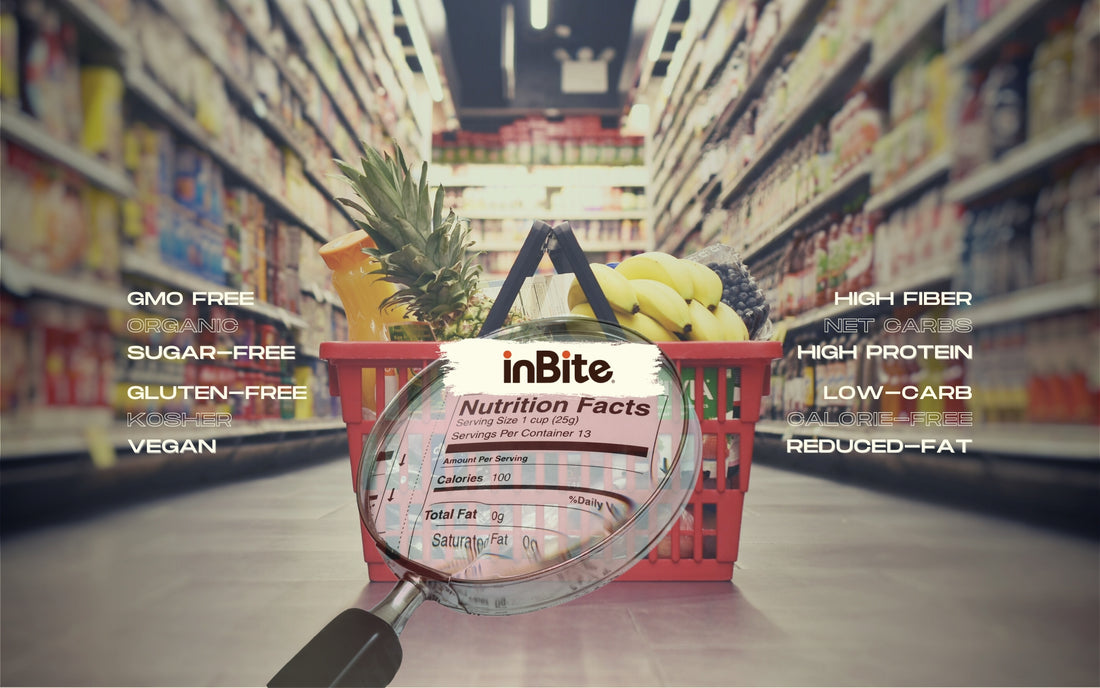In today's fast-paced world, where people are constantly looking for ways to improve their health, we often come across terms associated with nutritional function that we don’t always fully understand. Terms like low carb, net carb or high fiber can make it difficult for consumers to distinguish between real nutritional value and hype in food advertisements.
So how do we spot the hype?
First things first, let’s take a look at what some of those terms are:
- Gluten-free: According to the Food & Drug Administration (FDA), a gluten-free product means it should not have grains that contain gluten, i.e. wheat, barley, rye or triticale. Technically all grains have gluten but people with gluten sensitivities such as Celiac Disease, are sensitive to a specific form of gluten found in the four grains listed above. The FDA passed a final rule in 2013 specifying that gluten presence in “gluten-free” labeled products must be below 20 ppm or parts per million. However, you can not rely solely on a "gluten-free" label to determine if a product is nutritionally up to par. Many of these products can still be highly processed and contain added sugars and unhealthy fats.
- Vegan- By definition, a vegan product does not have any animal ingredients or any elements that came from an animal such as dairy products, honey, etc.
- Kosher- Derived from the Jewish word kasher, which means to be pure, proper, or suitable for consumption, kosher food follows a specific set of rules. These rules include:
- For land animals, only species that eat grass and have cloven hooves are allowed for consumption.
- For seafood, only species that have fins and scales can be consumed.
- You are not allowed to consume birds of prey.
- You can’t eat meat and dairy together.
- GMO Free- This term refers to the ingredients of the product being free of any genetically modified organisms. Some commonly genetically modified foods/ingredients that you may eat all the time are corn, soy, potato, papaya, summer squash, and even some varieties of apple.
- Organic- Organic products have the most strident of regulations with a standard for farmers to grow fruit, vegetables, and grain on soil that is certified to be free of most synthetic fertilizers and pesticides for at least 3 years prior to the harvest.
The following terms are linked to the Daily Value (DV%) percentage of the Reference Amount Customarily Consumed (RACCs) consumed. RACCs, established in 1993, was based on data from the Nationwide Food Consumption Surveys conducted from 1977-1978 and 1987-1988 by the U.S. Department of Agriculture (USDA).
Net carb advertisements on packaging can be especially misleading because they subtract the fiber, sugar alcohols and glycerin from the total carbs, since they are not fully broken down and cause little to no rise in blood sugar levels. However, this does not take away from their total caloric value and/or lack of appropriate nutrients to be considered a functional food. Functional Foods are foods considered to have potentially positive effects on health, beyond basic nutrition, like promoting optimal health and helping reduce the risk of disease.
At InBite, we take your health and our motto of cracking the code seriously. When we look at nutritional function, we look at what you are getting from our products, BUT we also look at what you are NOT getting. Which is prompting us to make a few changes of our own, but you have to stay tuned to find out what!
In the meantime, here are some key ways to stay on top of what you put in to your body:
- Don't be swayed by packaging: Buzzwords do not always translate to actual nutritional value.
- Check out all of the numbers: Just cause it’s low in one thing, doesn’t mean it isn’t high in another.
- Consider the serving size: Remember that a serving size is based on RACC’s, but it’s not necessarily the same thing.
- Take a second look at the brand: Do all of their products have similar nutritional functions, ingredients and standards?
- Get to know your body: Pay attention! How a product makes your body feel will tell you more about individualized nutritional function than anything else.
Remember to always do your own research on ingredients and consult with a healthcare professional if you have any questions or specific concerns about your diet.
_____________________
References:
LabelCalc.com. (2021, December 30). Protein label. LabelCalc. Retrieved April 22, 2023, from https://labelcalc.com/nutrient-content-claims-for-protein-what-you-need-to-know/
Center for Food Safety and Applied Nutrition. (n.d.). How to understand and use the nutrition facts label. U.S. Food and Drug Administration. Retrieved April 22, 2023, from https://www.fda.gov/food/new-nutrition-facts-label/how-understand-and-use-nutrition-facts-label
Center for Food Safety and Applied Nutrition. (n.d.). Questions and answers on dietary fiber. U.S. Food and Drug Administration. Retrieved April 22, 2023, from https://www.fda.gov/food/food-labeling-nutrition/questions-and-answers-dietary-fiber#define_dietary_fiber
Biosci Microbiota Food Health. 2014;33(3):117-28. doi: 10.12938/bmfh.33.117. Epub 2014 May 16. https://www.ncbi.nlm.nih.gov/pubmed/25032085
Oh R, Gilani B, Uppaluri KR. Low Carbohydrate Diet. [Updated 2023 Jan 10]. In: StatPearls [Internet]. Treasure Island (FL): StatPearls Publishing; 2023 Jan-. Available from: https://www.ncbi.nlm.nih.gov/books/NBK537084/
Get to know carbs. Get to Know Carbs | ADA. (n.d.). Retrieved April 22, 2023, from https://diabetes.org/healthy-living/recipes-nutrition/understanding-carbs/get-to-know-carbs#:~:text=%E2%80%9CNet%20carbs%E2%80%9D%20are%20determined%20by,label%20from%20the%20total%20carbohydrates.
Sugar 101. www.heart.org. (2022, July 28). Retrieved April 22, 2023, from https://www.heart.org/en/healthy-living/healthy-eating/eat-smart/sugar/sugar-101#:~:text=Naturally%20occurring%20sugars%20are%20found,adding%20sugar%20to%20your%20cereal).
CFR - Code of Federal Regulations Title 21. accessdata.fda.gov. (n.d.). Retrieved April 22, 2023, from https://www.accessdata.fda.gov/scripts/cdrh/cfdocs/cfcfr/cfrsearch.cfm?fr=101.60#:~:text=(i)%20The%20food%20contains%20less,consumed%20and%20per%20labeled%20serving.

